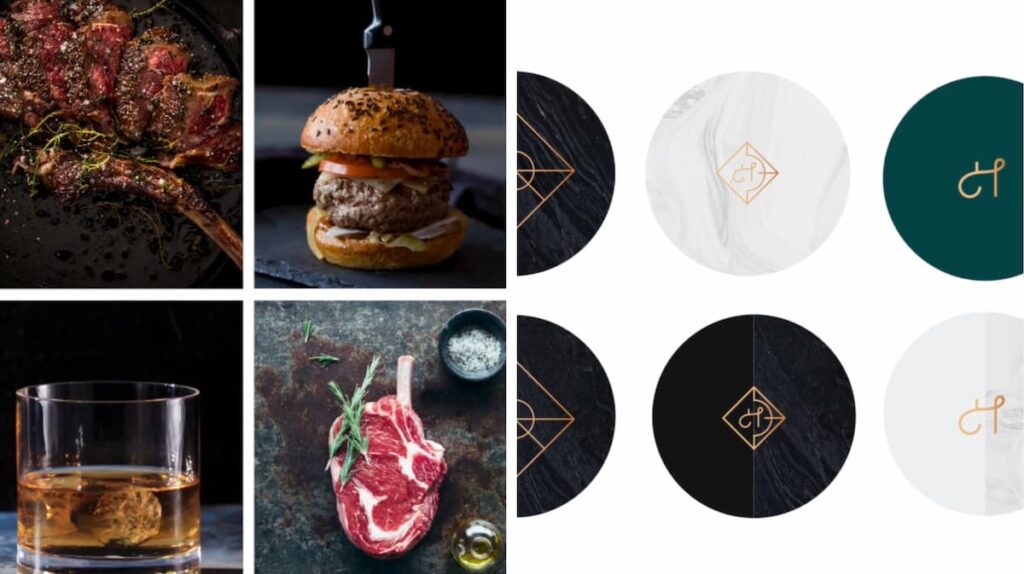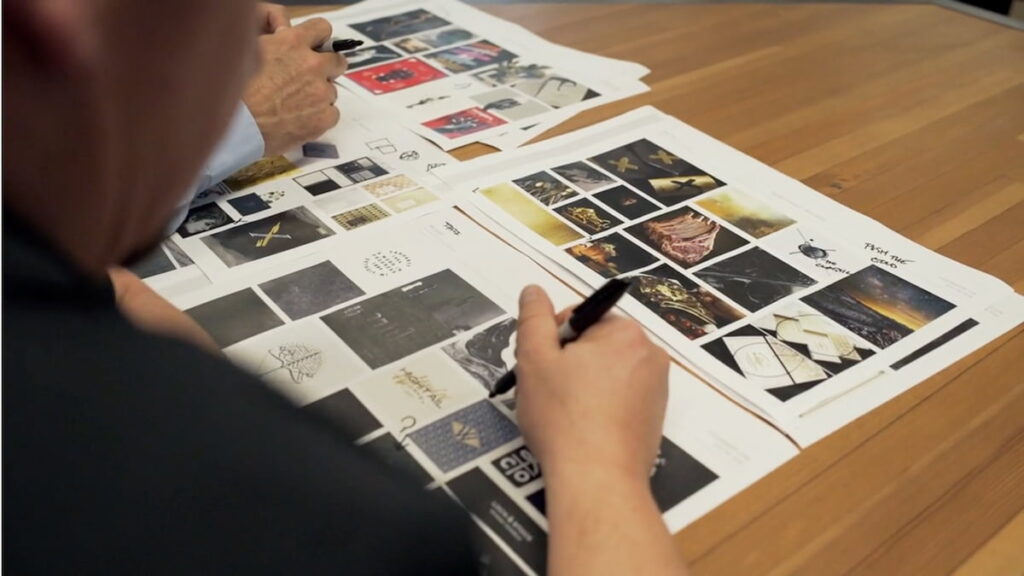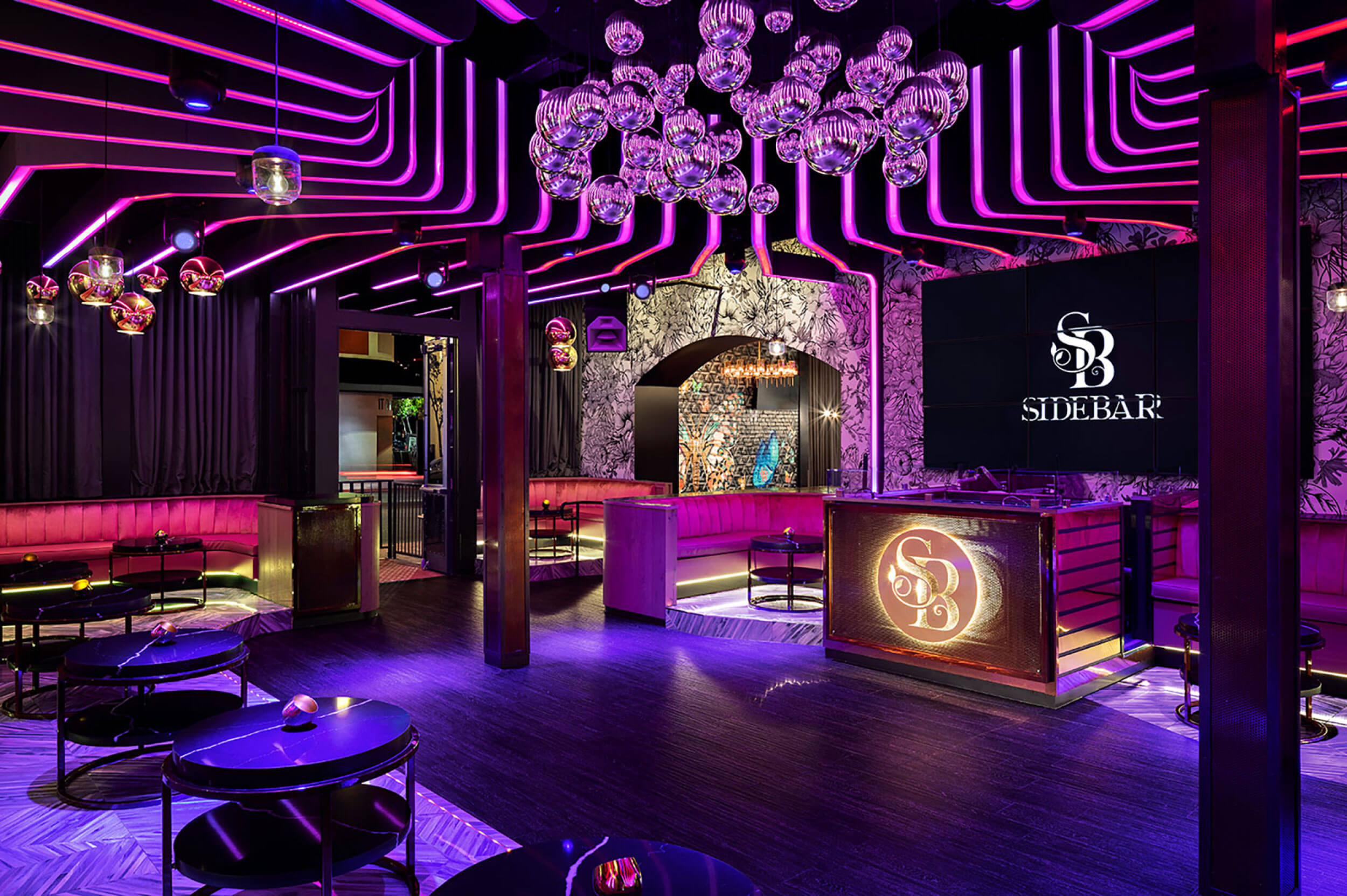Building a Strong Brand Identity: The Key to Successful Hospitality Marketing
The restaurant and hospitality industry is a competitive one. With so many options available to diners, it’s difficult to stand out from the crowd. But there is something that can give you a significant edge: a strong brand identity.
A brand identity is more than just a logo or a tagline. It is a comprehensive set of visual and verbal elements that create a unique and memorable impression of your business. It’s what makes your restaurant stand out from the competition and what makes diners want to come back again and again.
When you create a strong brand identity, it can set your restaurant apart, elevate your marketing strategy, and leave your patrons craving more. Here’s how to do it….
The Benefits of a Consistent Brand Voice
Your brand identity is the essence of your hospitality business. When done well, your brand identity has the power to captivate new customers, cultivate loyalty with existing guests, and increase your profitability.
From tantalizing Instagram captions to engaging Yelp responses, a consistent brand voice will ensure your venue isn’t just “that place on the corner,” but a name that lingers in the minds of your target audience.
You can think of your brand identity as the sum of all the visual and verbal elements used to create a unique and memorable impression of your hospitality business.
This is composed of many different elements, including, but not limited to:
- Your business name
- Logo
- Tagline
- Messaging
- Personality
- Photography
- Color palettes
- Typography

Even company culture and the way your employees engage with guests are considered a part of your brand identity.
When all of these elements are aligned, they create a cohesive brand experience that helps customers to identify and remember your business as well as develop positive emotional connection with them. In this way, it helps to establish a sense of loyalty with existing customers and encourages them to continue seeking out experiences with your brand.
And your brand identity goes beyond your existing audience…
It also helps businesses stand out from the competition and attract new customers.
Katie Bosworth, RMD Group’s Director of Marketing explains:
“Strong brand elements can visually attract your audience to check out your social accounts, choose to sign up for your newsletter, and so forth. With a well thought out brand, it’s easier to create intrigue and engagement even prior to opening the doors of your venue.”
Streamlining Decision Making and Promotions
Let’s face it, the hospitality industry is fast-paced. It helps a lot if your team is able to make timely decisions and implement effective promotions. Streamlining these processes not only saves valuable time and resources but also ensures your brand is consistently delivering compelling messages to your target audience.
This is an area where having a brand style guide is especially useful. These guides serve as invaluable references when evaluating new ideas or planning promotional activities, allowing you to quickly determine if they are a fit with your brand’s personality.
“When your decision-making process is guided by a clear brand vision, you can confidently execute marketing initiatives that reinforce your brand’s value and appeal to your audience,” explains Katie.
Ensuring Brand Consistency Across Teams & Channels
If you plan on working with freelancers and other professionals, a style guide will become one of your most valuable tools. Contractors will be able to access the guide and quickly understand how to represent your business consistently and accurately.
Katie notes, “A strong brand guide is essential for any company with multiple people on a marketing team. It ensures that all communication sounds consistent and represents the brand.”
And brand guides aren’t limited to marketing alone.
We find they also serve as helpful references for other professionals involved in your business, such as our interior designers. For example, with a strong brand guide, interior designers can seamlessly integrate your brand’s visual identity and personality into the physical space, bridging the gap between your physical venue and your online presence.

Defining Your Brand Identity & Bringing It To Life : Unleash the Power of Consistency
You’re probably beginning to notice a theme by now: From your online presence to your physical establishment, your messaging and imagery should feel unified and resonate with your targeted audience.
To achieve this level of consistency, you’ll want to establish clear guidelines and standards.
As we mentioned earlier, these guidelines encompass a number of visual elements like logos, colors, and typography, as well as the tone of voice, messaging, and overall brand persona. These are often referred to as Brand Style Guides or Brand Identity Guides and take the form of a digital and/or print asset that can be accessed for quick reference.
Leveraging External Creative Expertise
Before we touch on what goes into making a brand style guide, it’s important to preface that creating a comprehensive style guide can be a complex undertaking. It takes time, specialized expertise, and attention to detail.
As a business owner juggling all of the aspects of opening a new restaurant or venue, you may find it challenging to handle this process single-handedly. That’s where partnering with a reputable branding agency can make all the difference.
In life, and especially in business, some things are best left to the experts. In the case of brand identity, seeking external assistance can be a game-changer. Collaborating with experienced creative teams brings not just a fresh perspective but also a wealth of expertise to the table.
At RMD Group we work with a trusted partner, Less+More for various brand design projects including identity development for our modern steakhouse, Huntress.
Working alongside this talented creative team, our businesses benefit from their in-depth understanding of current trends and best practices. Not only do they guide us in refining the perfect brand identity and creating visually stunning designs, the work they do makes it much easier to develop effective marketing strategies going forward.
They helped streamline the process of crafting an identity for Huntress and their expertise allowed us to stay focused on the other aspects of Huntress’ opening as well.
Creating a Brand Style Guide
Now that we know what a brand style guide is–a document that outlines the visual and verbal elements of your brand–let’s talk about the different sections you’ll find in a typical style guide.
Here’s a brief overview:
Define your brand’s essence: You’ll start by clarifying your brand’s vision, mission, values, and personality traits. This will serve as the foundation that provides a clear direction for all the creative decisions and ensures a consistent brand experience.

Visual identity guidelines: Establish guidelines for your logo usage, color palette, typography, and imagery. The goal here is to specify how each of these elements should be used across different mediums and touchpoints to ensure a cohesive and visually appealing presence.
Tone of voice and messaging: Define your brand’s tone, voice, and messaging guidelines. Should the tone be luxurious? Upbeat? Relaxed and casual? This is the time to outline the preferred language, writing style, and key messaging points.
Use cases and examples: Provide concrete examples and use cases to illustrate how the brand elements should be applied. For example, you may want your logo to only ever be used as a certain color. This helps your team understand how to implement the guidelines in real-world scenarios and maintain consistency.
Accessibility and usage instructions: Just as the Americans With Disabilities Act (ADA) dictates certain requirements to accommodate people with disabilities at a physical location, the same is true for business websites. To ensure compliance with the ADA, consider the Web Content Accessibility Guidelines (WCAG) such as color contrast and font legibility, to ensure inclusivity. The creative team you work with to create your Brand Style Guide will be an invaluable resource in this aspect!
Additionally, be sure to include instructions on how to use the brand style guide, who has access, and how it should be updated as your brand evolves.
Partnering for Success: Leveraging Expertise for Effective Branding
A cohesive and consistent brand voice differentiates your business from the competition, leaves a lasting impression on your target audience, and elevates your marketing strategy. While developing a comprehensive brand style guide may seem daunting, partnering with a reputable branding team can simplify the process and yield optimal results.
Ready to strengthen your brand’s identity and supercharge your marketing strategy? We’re here to help you succeed, contact us today to schedule a consultation.


